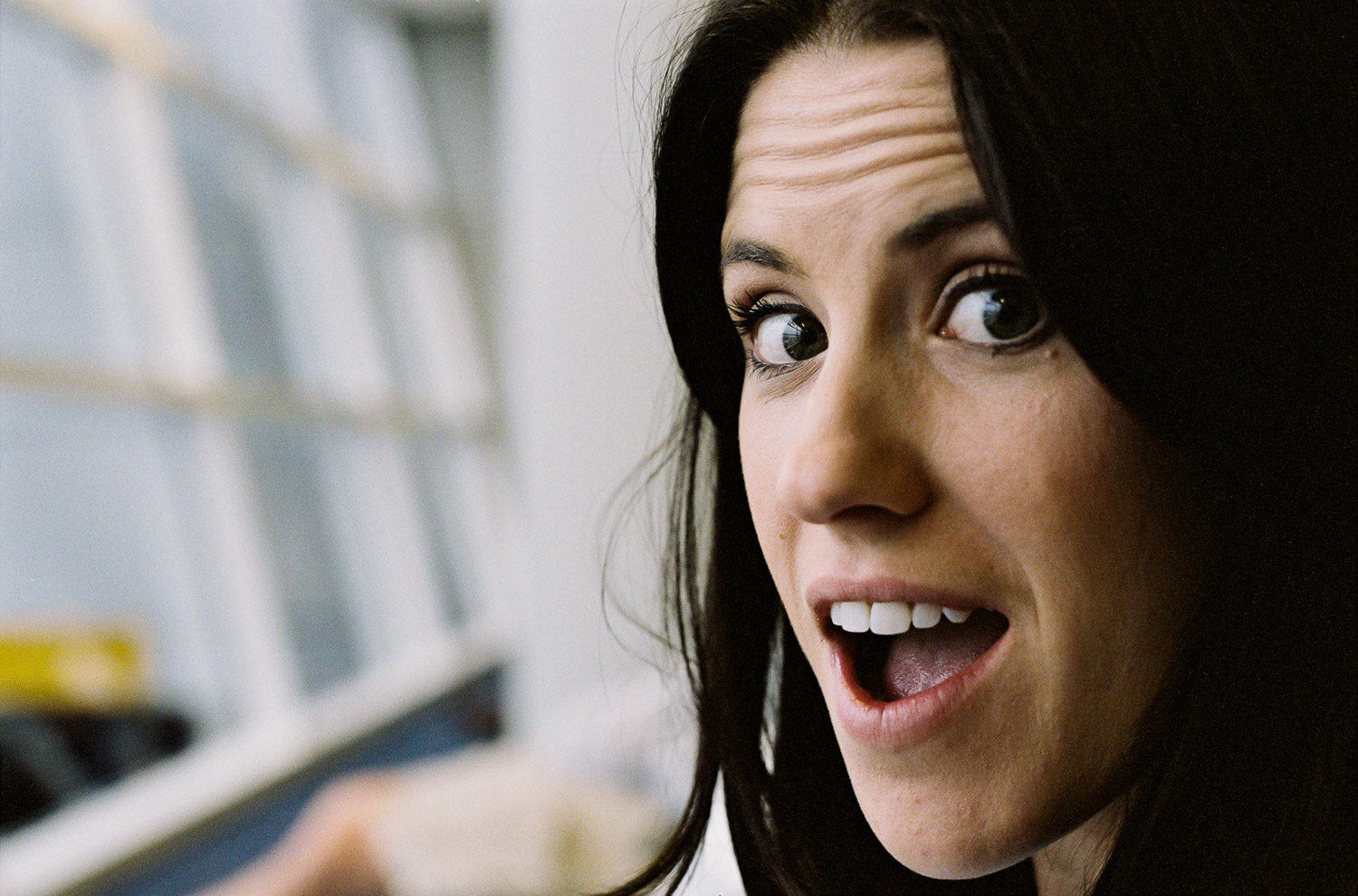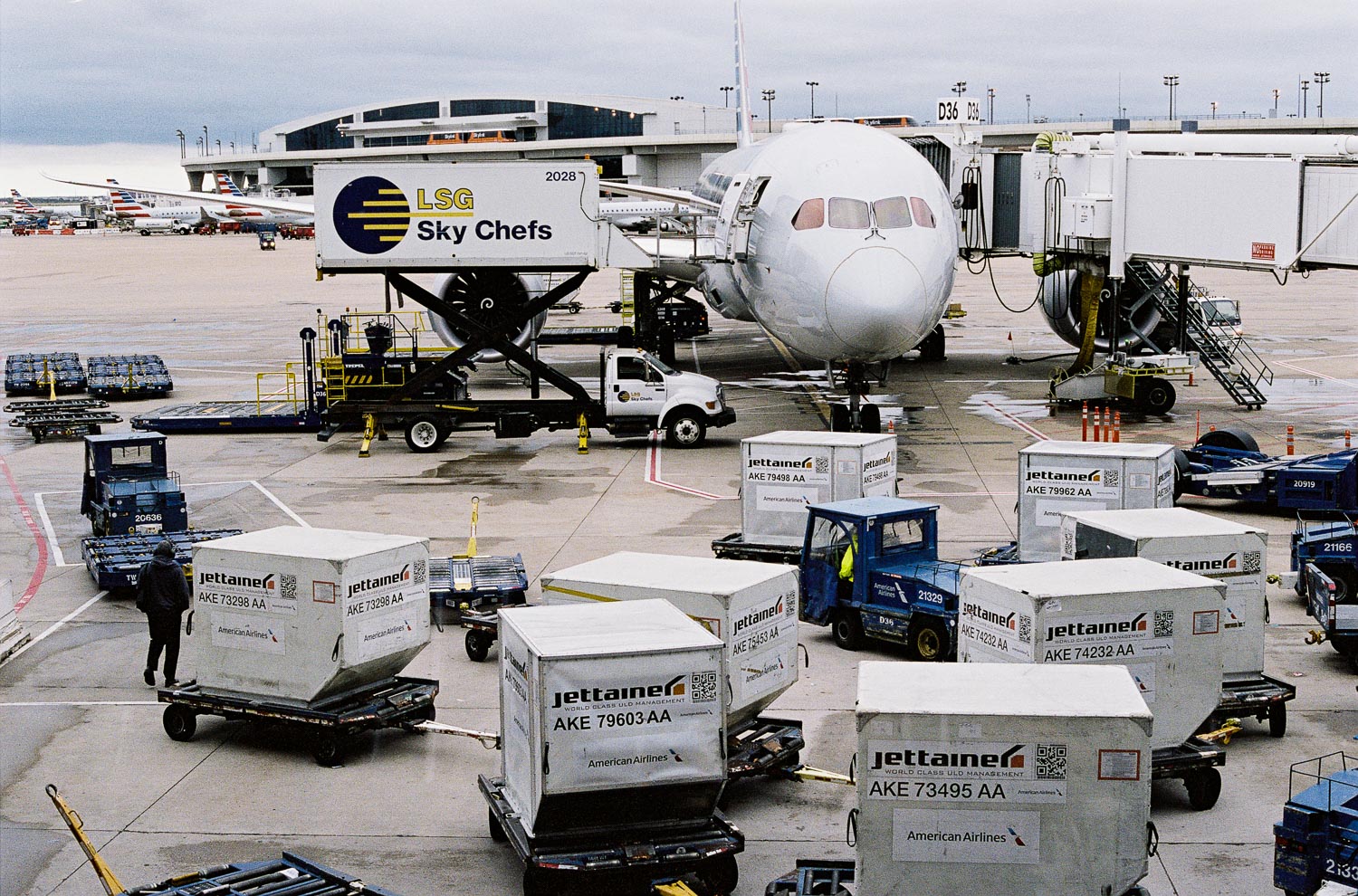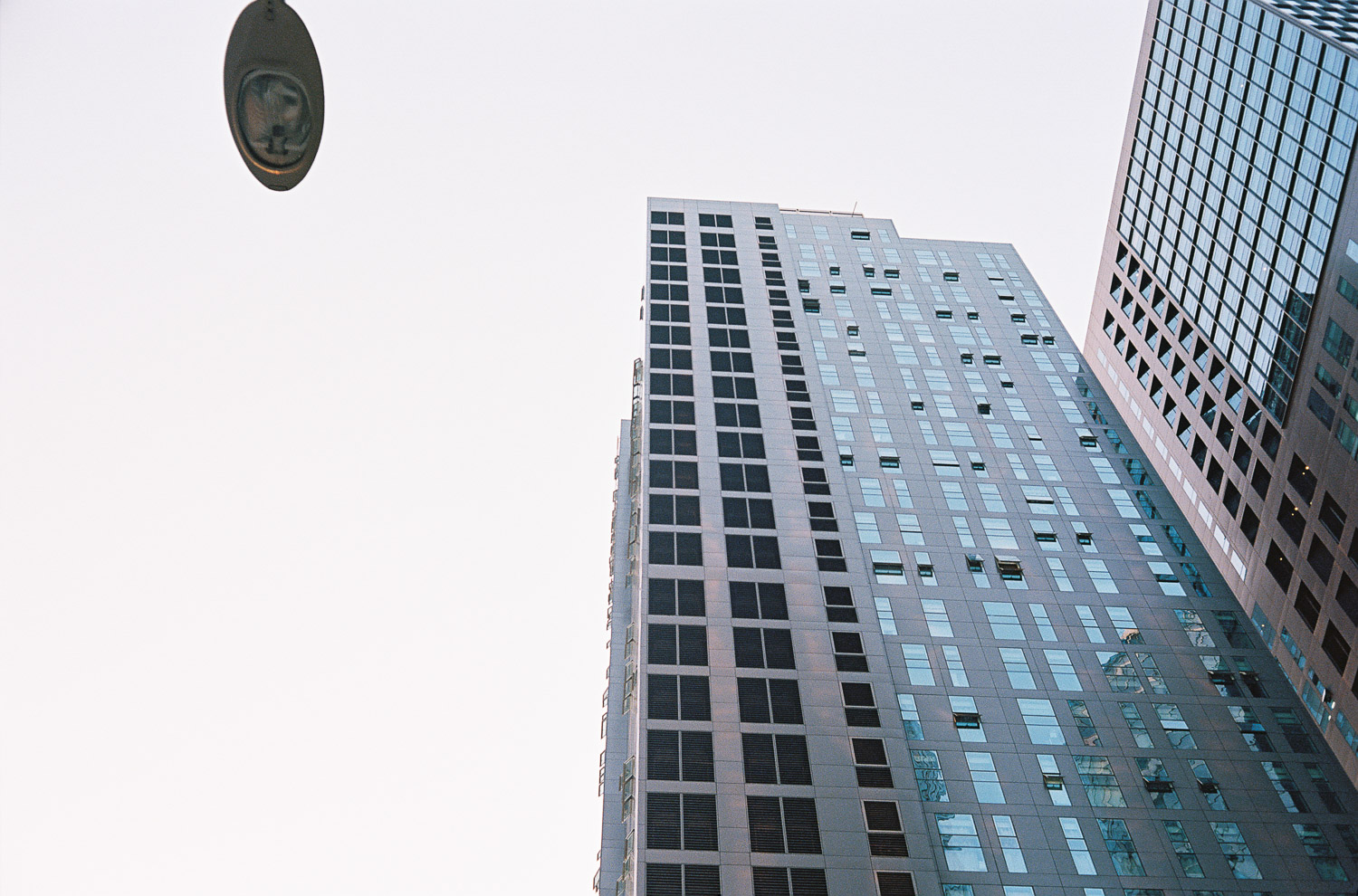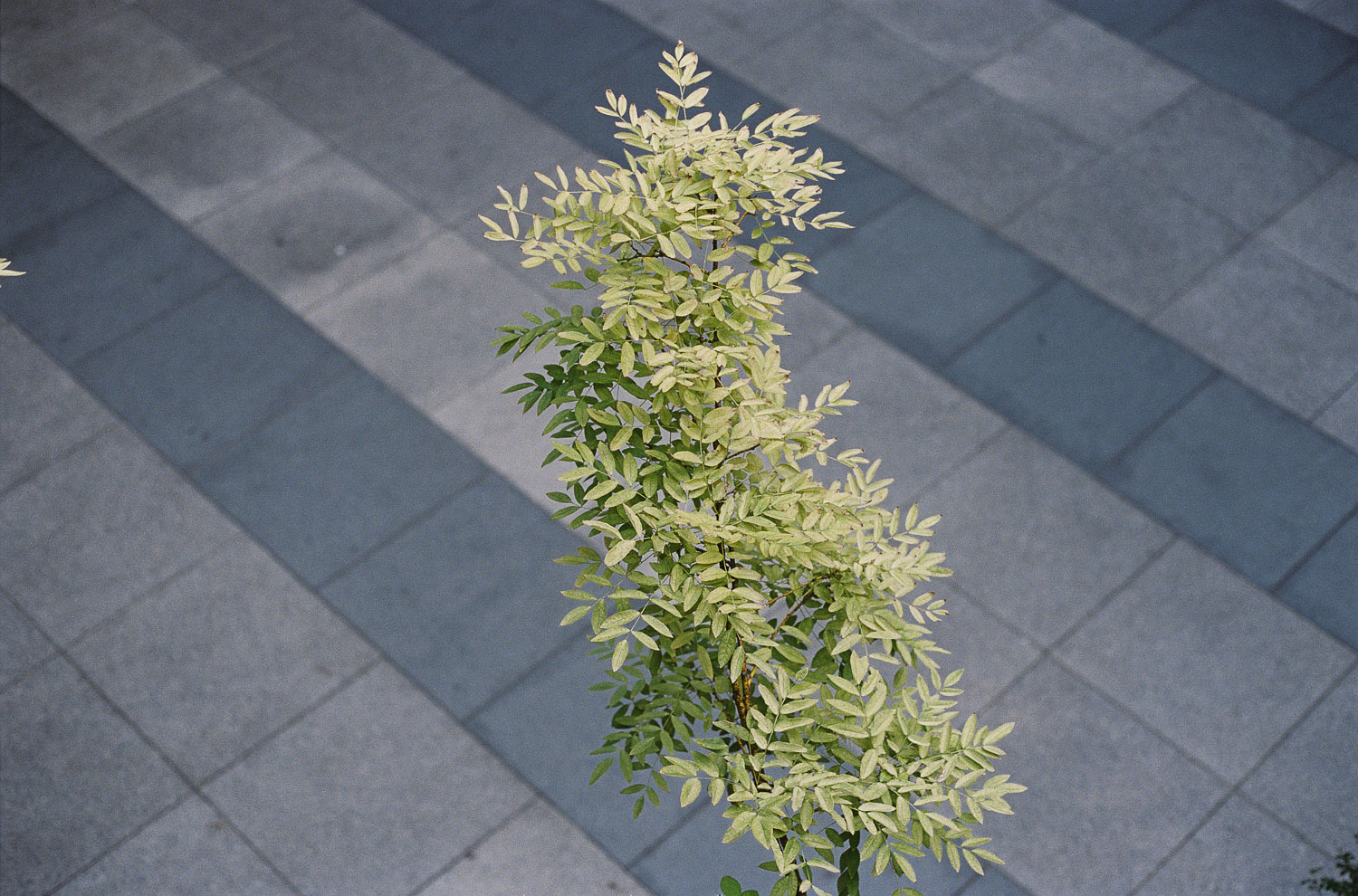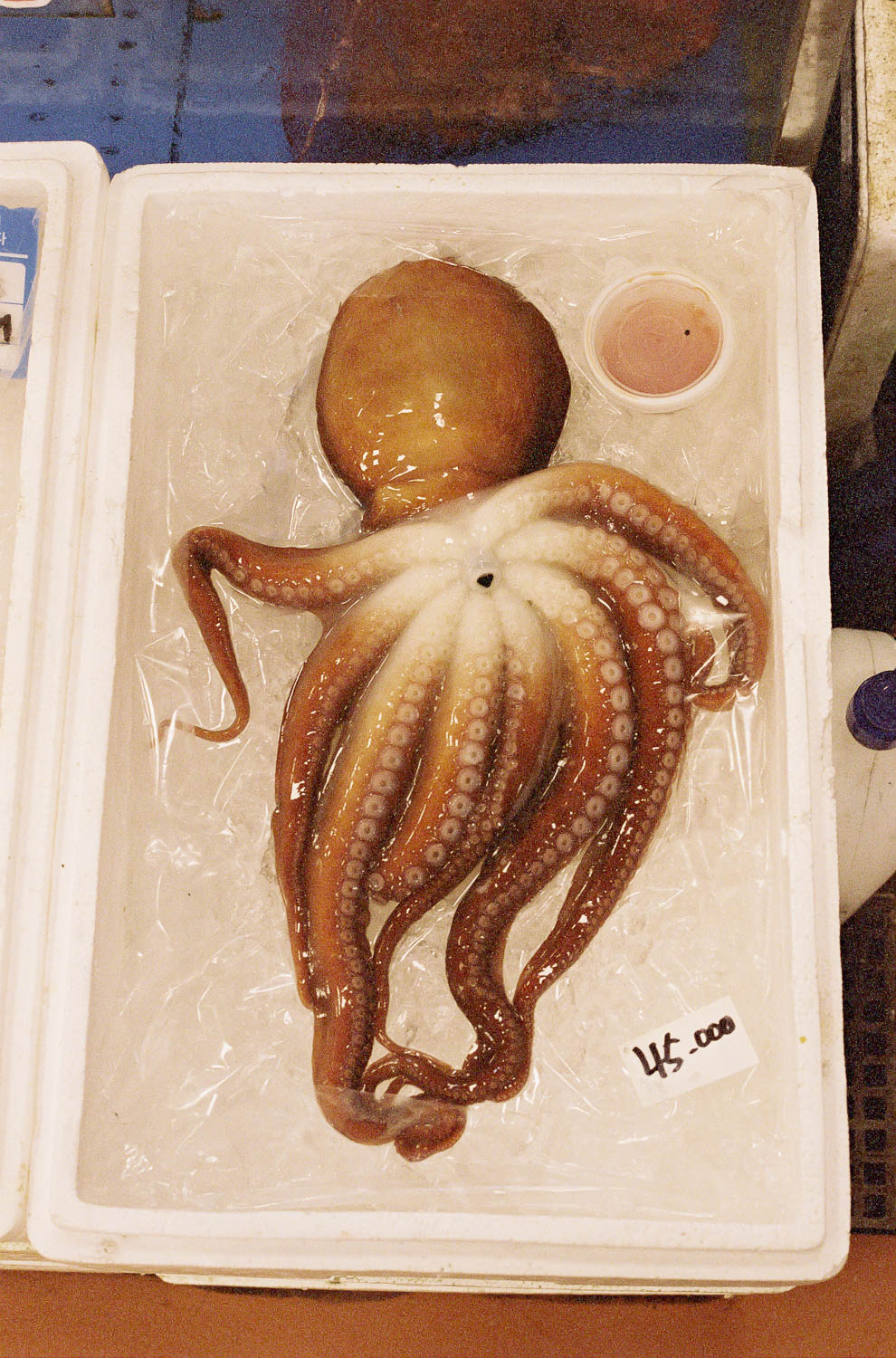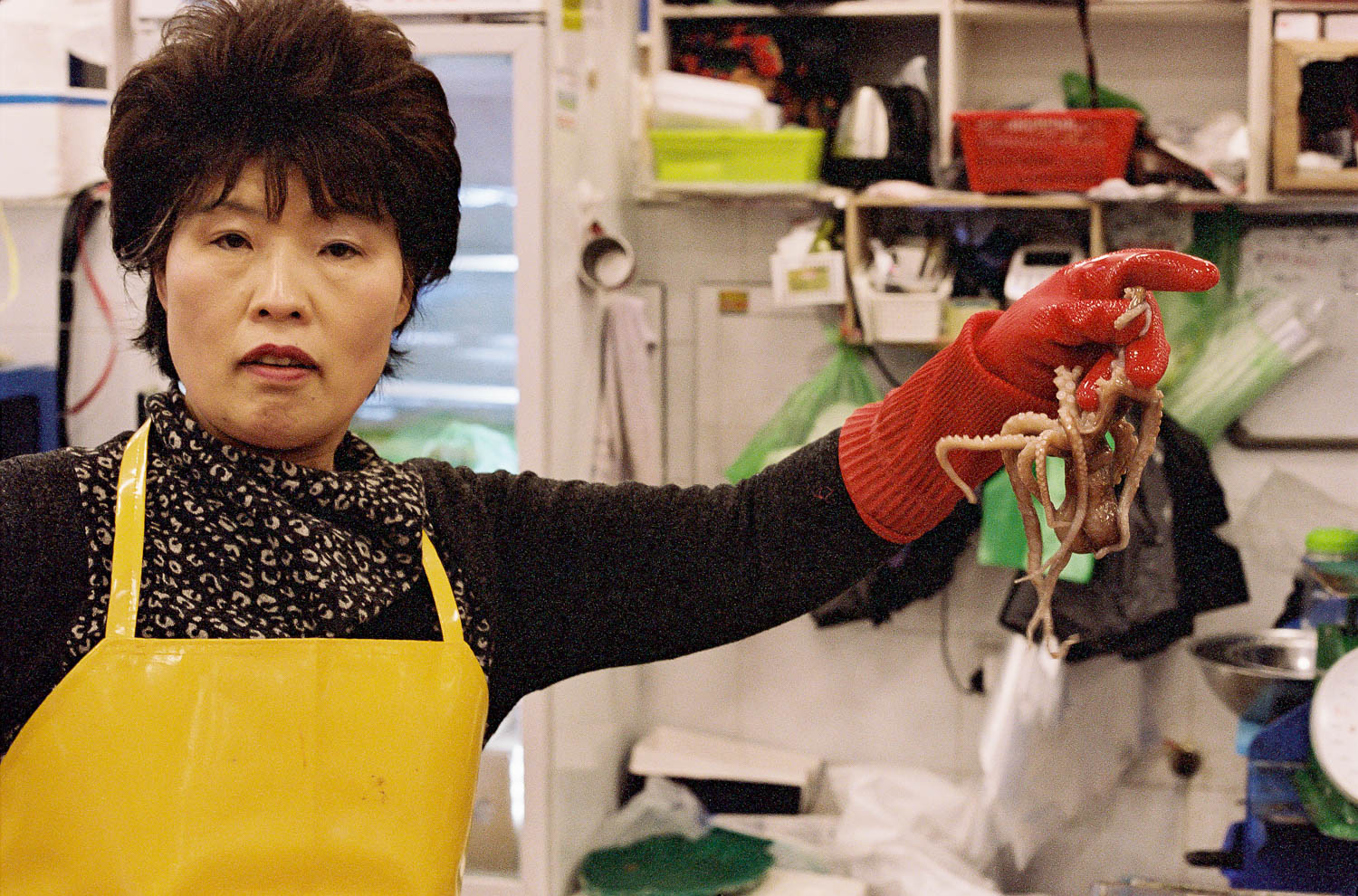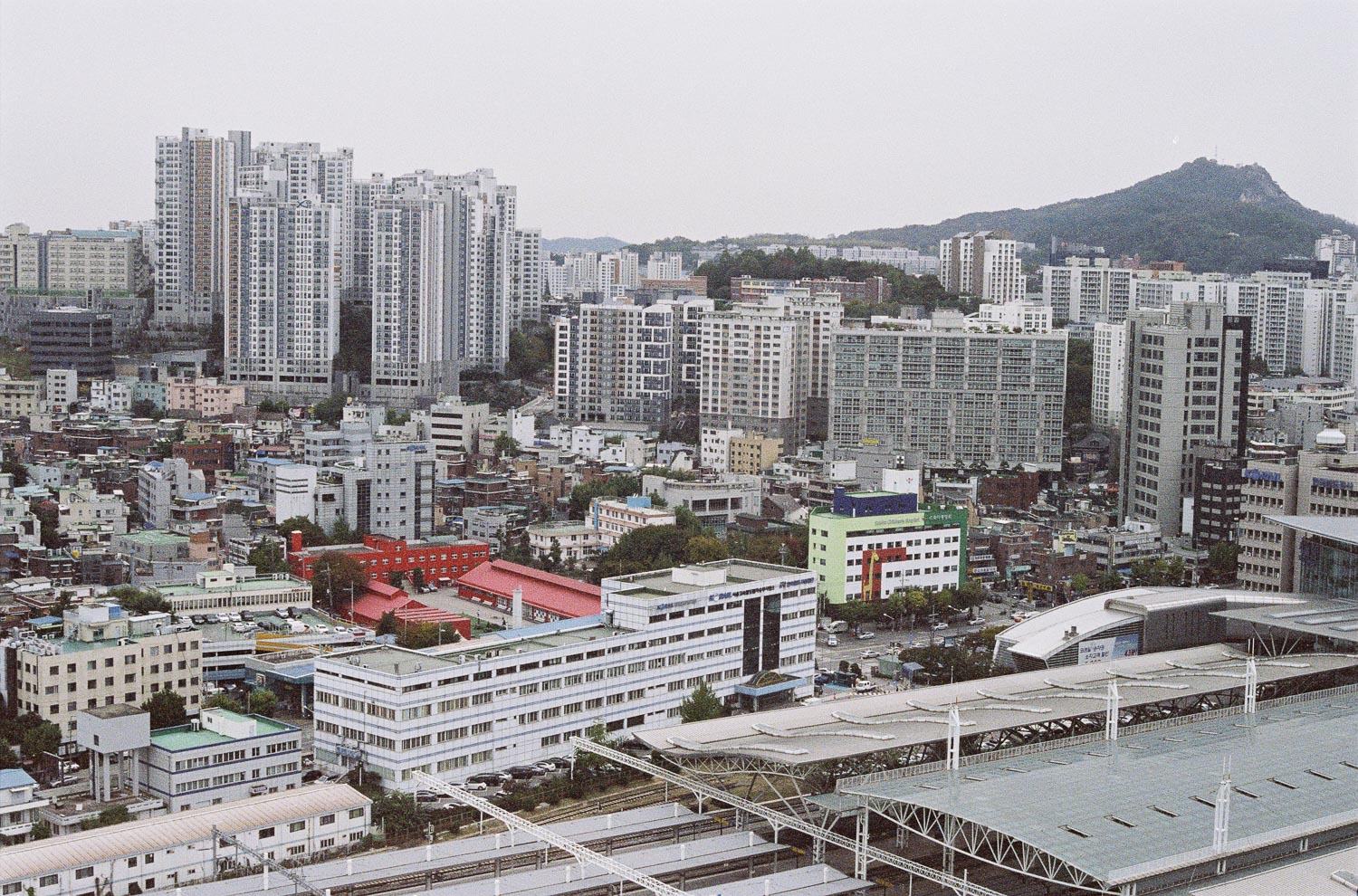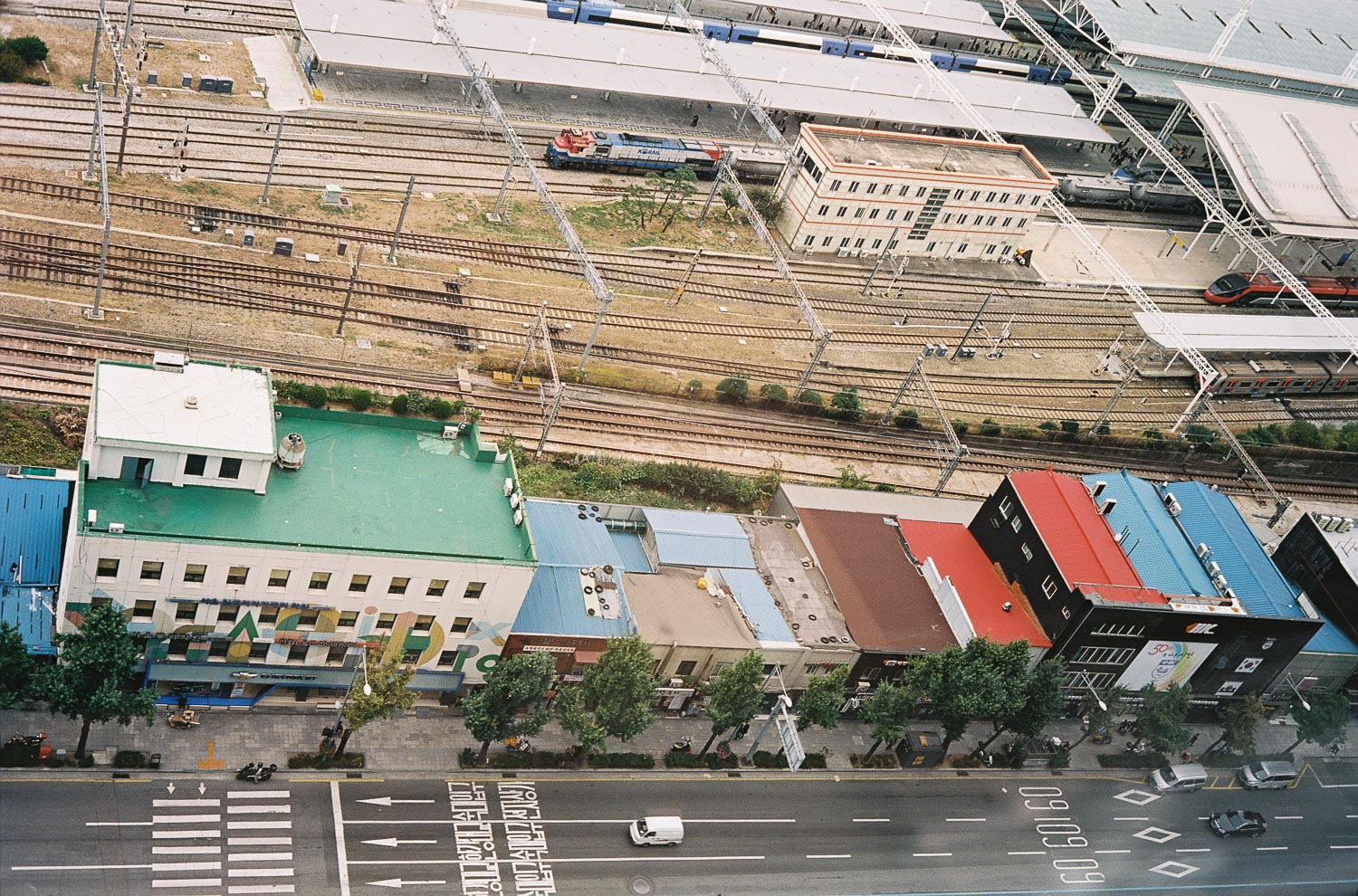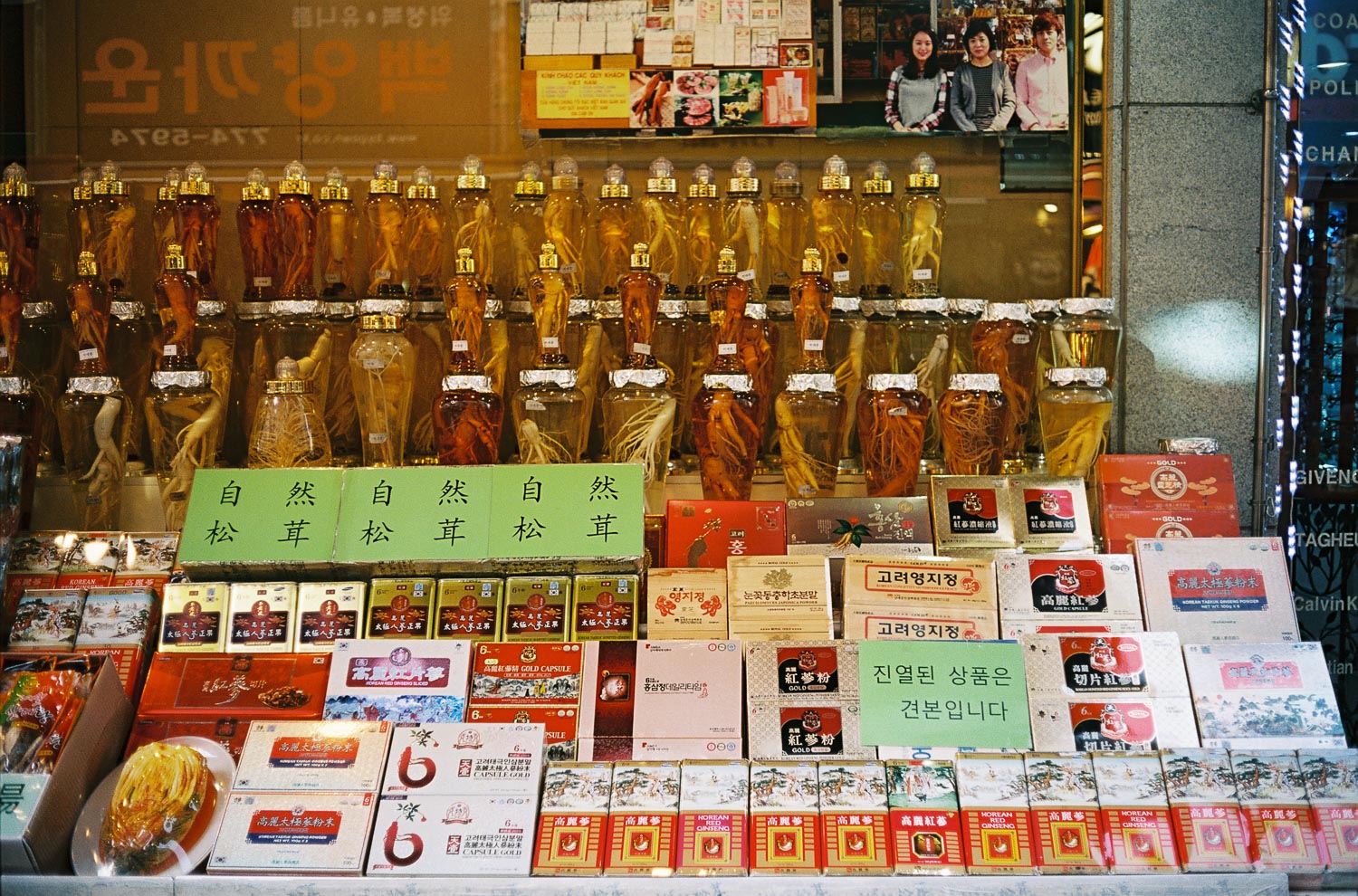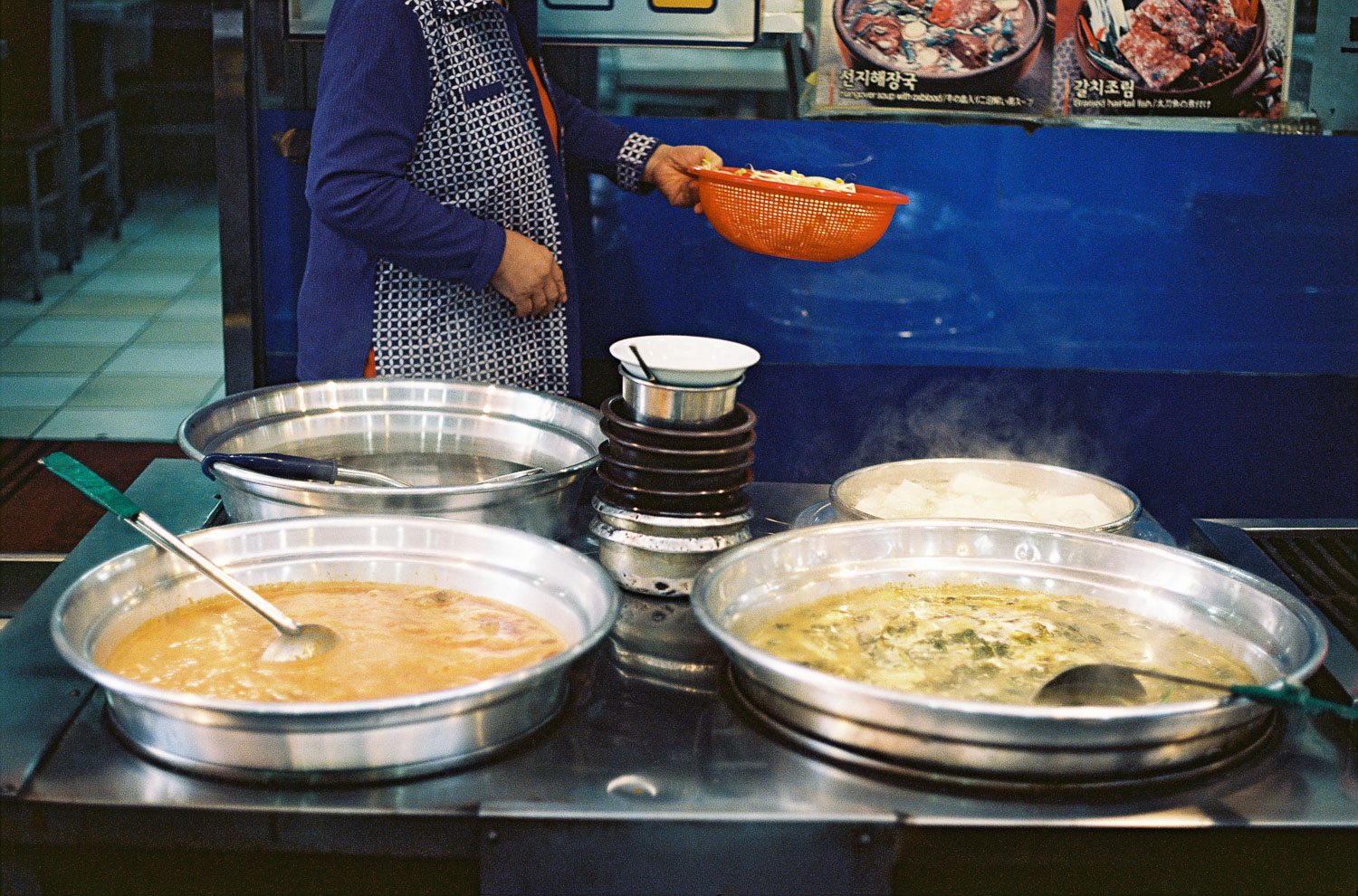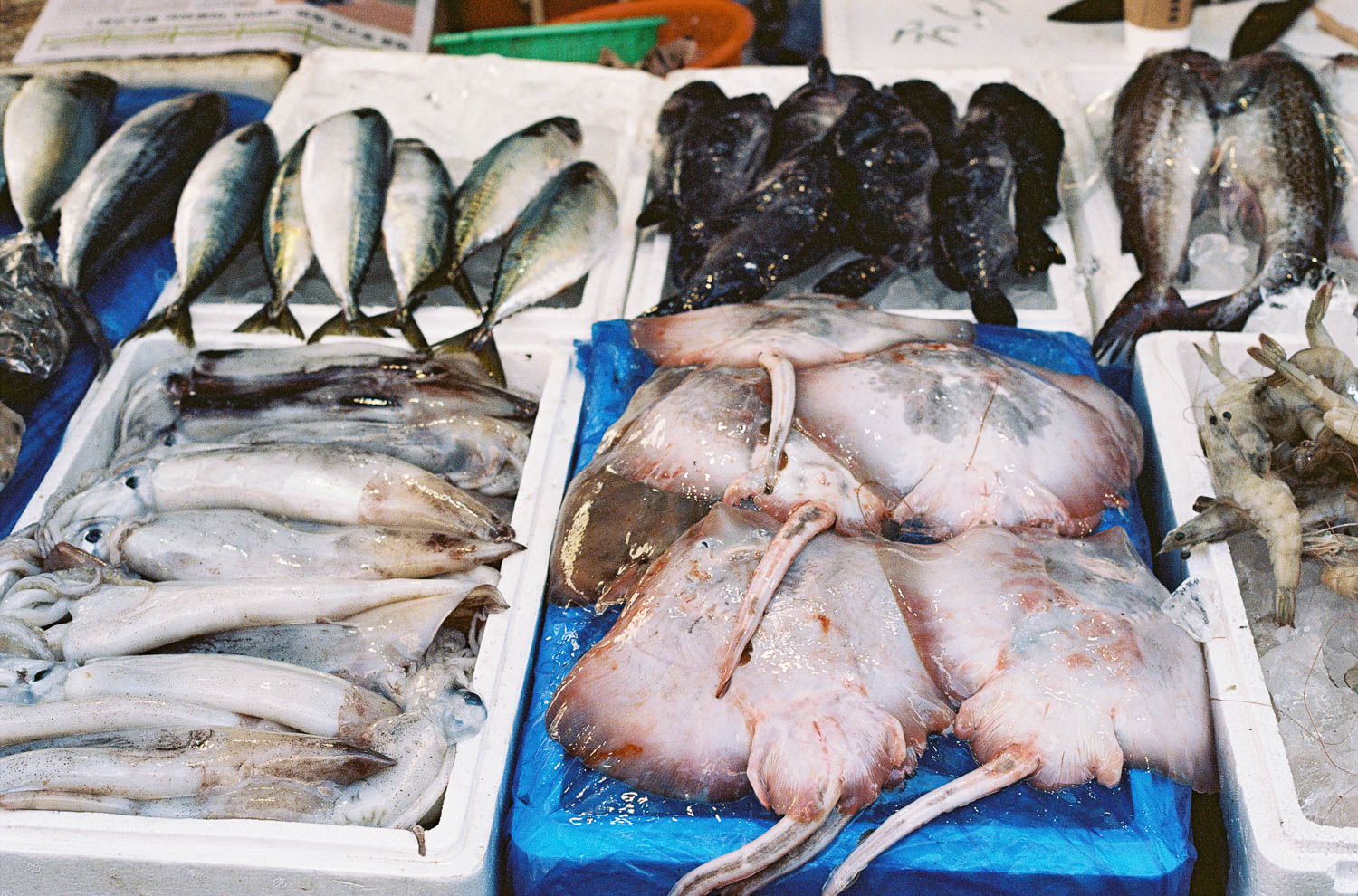This was my 2nd trip to South Korea (first trip documented in previous post). I took film only on this trip, as I did on my first trip, leaving all of my digital equipment at home. I changed it up quite a bit with the color films with some films being shot at box speed, some overexposed, and some pushed in development at the lab. I did this to experiment and to compare the different effects.
Film, much unlike digital, can be WAY overexposed without blowing out highlights. This is where the mantra comes from “shoot for the shadow and develop for the highlights.” Shooting for the shadows means “get those shadows exposed even if you push the highs quite far.” When you overexpose film, the emulsion becomes denser, with colors being more saturated. This means that the lab, when scanning, will have to use more light to push through (to “see through”) the emulsion. But don’t worry about all the details right now, let’s take a look at some photos.
ROLL 1 - KODAK EKTAR IN AE-1 - OVEREXPOSED BY 1 STOP
Overexposing with color film causes deeper saturation, as seen in these photos. The reds are very strong, and I love the teal blue that this film gives to the skies.








ROLL 2 - KODAK PORTRA 400 IN QL-17 - OVEREXPOSED 1 STOP
As in the Ektar, these colors are also more saturated compared to exposing at box speed. Portra has characteristic creamy whites and warm tone, often appreciated in portrait photography.







ROLL 3 - KODAK PORTRA 400 IN AE-1 - OVEREXPOSED BY 2 STOPS
These colors are even more saturated than the previous roll. Note the very red car in image 7.








ROLL 4 - KODAK PORTRA 400 IN QL-17 - SHOT AT BOX SPEED
I really appreciate how different kinds of light have different “color” in the photos. The white balance of film is achieved in the emulsion, in the different kinds of chemicals that make up the film’s emulsion. Most film is daylight balanced. Note the characteristic green fluorescent light in image 5. This would most likely have been changed in a digital camera’s white balance.



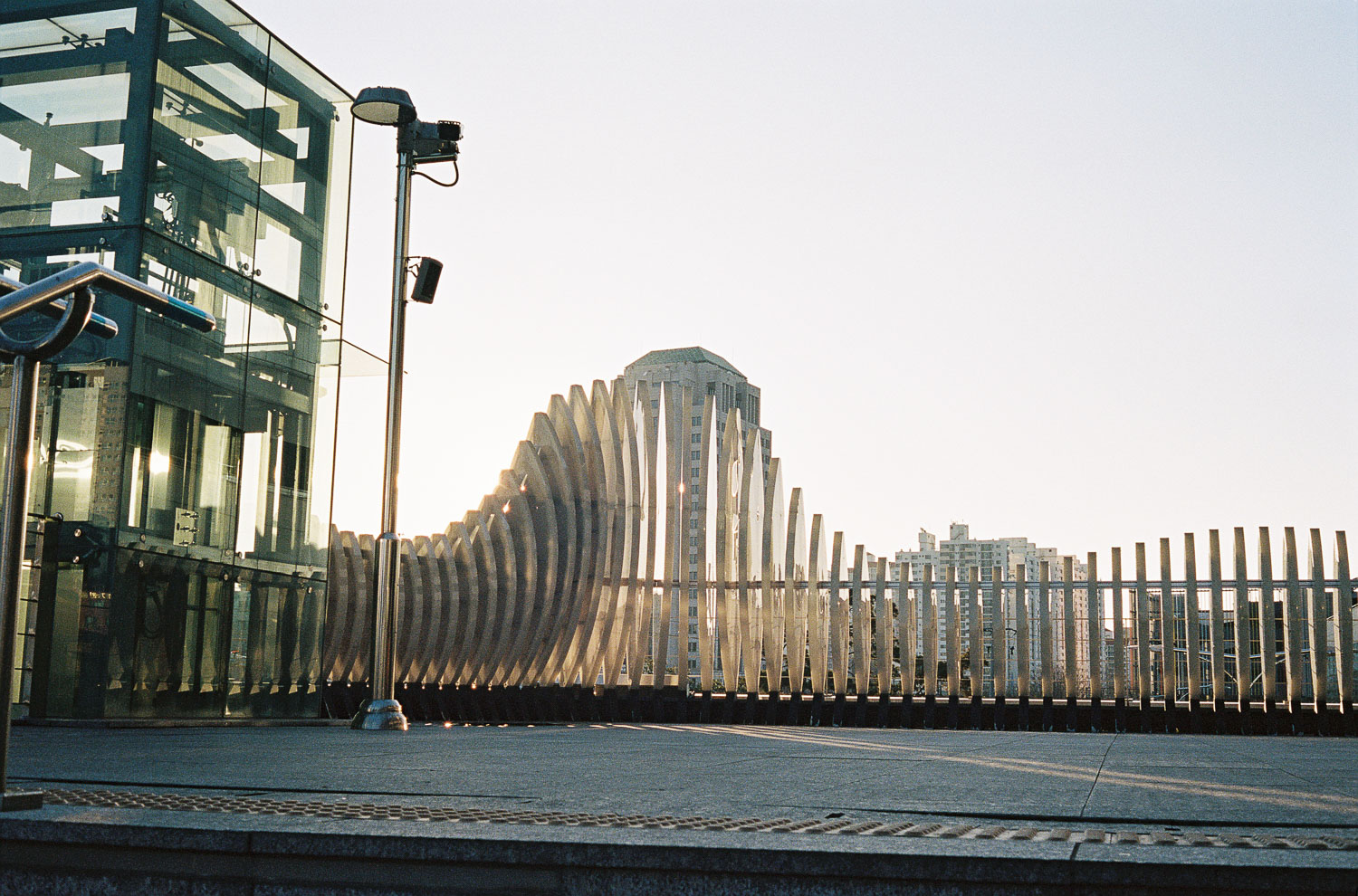




ROLL 5 - KODAK EKTAR IN QL-17 - OVEREXPOSED BY 1 STOP
These are some of my favorite images. I was actually surprised at how creamy the whites came out in the second image. That was a white bedspread, not off-white as it appears in the photo. But I do love the warm cast. And again the teal skies, so good.










ROLL 6 - KODAK EKTAR IN AE-1 - PUSHED ONE STOP AT DEVELOPMENT
This is how you push film at development: First you underexpose when shooting in camera (one stop underexposed, for example). This would normally result in a darker image. But then during development you leave it in the chemicals for a longer duration of time (specified by a development chart). This makes the resulting negative’s exposure “normal,” or about equal to the exposure you would have achieved without stopping down. Who do all of this? Well, when you underexpose you don’t get much detail in the shadows. Then when you push it in development the darkest parts of the image are brought up and are more like a charcoal or a dark gray. This can be likened to bringing up the blacks in Lightroom.
With all of this said, pushing Ektar is not a look that I prefer, but I can see why someone might. It’s different and in my opinion has that “filmic look” partially due to the blacks not being true black. That’s just my opinion.



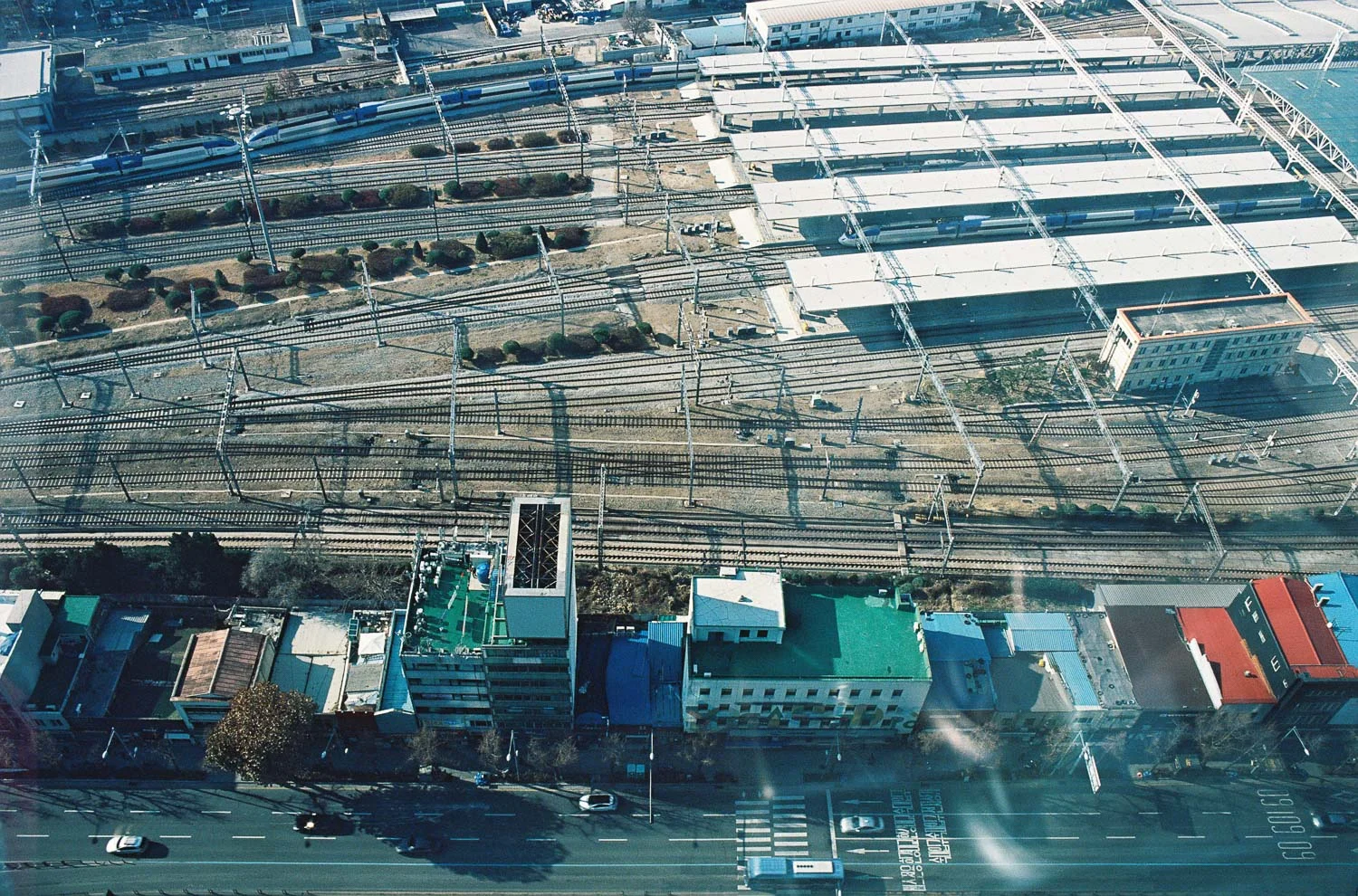





ROLL 7 - KODAK PORTRA 400 IN QL-17 - SHOT AT BOX SPEED
Classic Kodak Portra. Love it. Not a whole lot else to say.








ROLL 8 - FUJI ACROS 100 - SHOT AT BOX SPEED
Fuji Acros. My absolute favorite black and white film. When Fuji announced they were not going to make any more Acros film, I immediately went online and bought 100 rolls. Maybe a little bit of an impulse buy, but I may be happy about it years from now.
I absolutely love this film. This trip is when I fell in love with Fuji Acros. Its tones are so buttery. I have played with the Acros film simulation quite a bit on the Fuji X-Pro2. I do love it on the X-Pro2, but it’s just not the same as the film.










I had a really great time in Seoul on this second trip, not the least of which because we brought home our son, but also because we got some really great photos to document it.
